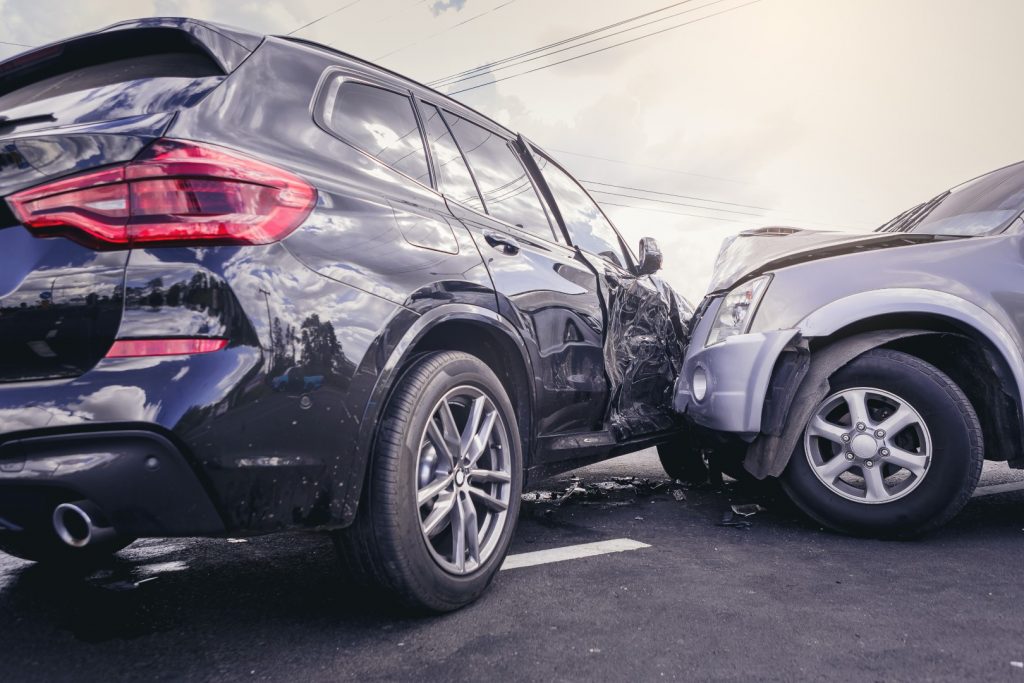
Car accidents happen more often than most drivers expect. Whether it’s a minor fender bender or something more serious, these moments can disrupt your life in a split second. For drivers who love their cars and value safety, knowing what to expect after a crash is important. It’s not just about the damage to your vehicle but how to keep yourself and others safe during the aftermath.
When an accident occurs, the shock can be overwhelming. People often freeze or feel unsure about what to do next. Remaining calm and aware can make a huge difference. Cars today are fast, and roads can be busy, so the way you react right after a collision matters for everyone involved.
Being familiar with your vehicle’s safety features can also help you react better after a crash. Whether it’s airbags, emergency flashers, or automatic collision notification systems, these tools exist to protect you. Taking a moment to get acquainted with your car’s technology adds another layer of preparedness. Every second counts, and knowing your car’s capabilities may help you stay safer in critical moments.
What car accidents really involve for drivers
According to kingbirdlegal.com, car accidents are not always as straightforward as they seem. Beyond the visible damage, there are several factors that influence what happens next. Insurance claims, police reports, and sometimes legal considerations come into play. For anyone passionate about cars, this can feel like a whole different kind of challenge compared to driving.
Physical injuries are another part of the picture that drivers must consider. Even if you walk away feeling okay, internal injuries or delayed symptoms may show up later. It’s important to have a clear sense of your health after a crash. Taking care of your body helps you get back behind the wheel with confidence.
In addition to the personal impact, vehicle condition can affect your daily routine. Cars with performance upgrades or special modifications might need more detailed inspections before hitting the road again. Taking the time to assess all damage thoroughly prevents small issues from turning into big problems. Keeping your car in top shape ensures you stay safe and enjoy your drive fully after recovery.
The unseen risks drivers face after a crash
After the initial impact, risks continue to exist. Traffic flow can become unpredictable, and other drivers might not react fast enough to a stopped vehicle. This creates dangers for everyone on the road. Knowing how to position yourself and your car can reduce these risks significantly.
Sometimes people focus only on the accident itself but forget about the surrounding environment. Weather, lighting, and road conditions all play a role in what happens next. Being aware of your surroundings immediately after a crash can protect you from additional harm.
Another important factor is the condition of your vehicle’s tires and brakes after a collision. Damaged tires or brake lines can lead to loss of control or further accidents. A quick but careful inspection can spot these dangers before they cause trouble. For drivers who invest in their cars, maintaining these safety elements is crucial to avoid compounding an already difficult situation.
How quick thinking helps in critical moments
In the moments following an accident, your actions matter more than ever. Staying calm allows you to assess the situation clearly. You can check on yourself and others, signal for help, and prevent further collisions. Drivers who prepare mentally for emergencies often handle these moments better.
Effective communication is part of quick thinking. Letting other drivers know what you are doing, whether it’s using hazard lights or signaling to move safely, helps reduce confusion. People on the road respond to clear signals, which lowers the chances of additional crashes.
Thinking ahead also means keeping emergency supplies in your car. Items like a first aid kit, flashlight, and warning triangles provide tools you might need when the unexpected happens. Being ready to help yourself and others shows responsibility and care that goes beyond just driving skills. It’s a sign of respect for the road and everyone on it.
Protecting your rights and interests after a collision
Car accidents often lead to questions about responsibility and compensation. Drivers might worry about how claims will be handled or if insurance will cover repairs. Knowing your rights and what to expect can ease some of that stress.
Keeping detailed notes, photos, and records at the scene helps protect your interests later. It’s common to feel shaken and want to move on quickly, but gathering information gives you an advantage. This is especially true when dealing with insurance companies or legal matters.
Staying organized after an accident also involves following up on medical care. Even minor injuries deserve attention because they can affect your long-term health. Documenting treatments and keeping track of appointments supports your case and ensures you don’t overlook your wellbeing. Protecting yourself is not just about paperwork but also about your recovery and future peace of mind.
Staying safe means being prepared for the unexpected
Accidents aren’t something anyone plans for, but every driver can prepare. Building habits like regular maintenance, staying alert on the road, and knowing how to respond in emergencies can make a difference. Preparedness turns uncertainty into action.
Owning a high-performance or modified car adds responsibility. You might enjoy pushing your vehicle to its limits, but safety has to come first. Protecting yourself and others means respecting your car’s power and being ready if things go wrong.
Being part of a community of drivers who share knowledge and experiences also boosts safety. Talking with other enthusiasts, attending workshops, or joining forums can give you fresh perspectives on staying safe. The road is unpredictable, but learning from others makes you stronger and better prepared for whatever comes next. Safety grows when drivers look out for one another.
